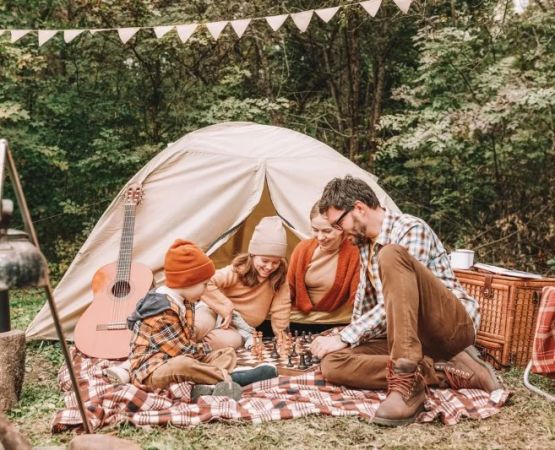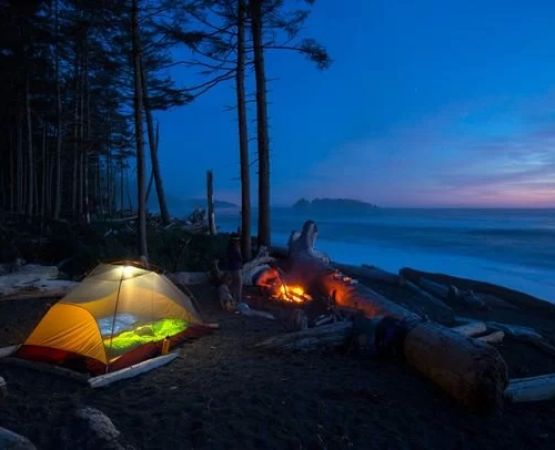- 1 - Why the Right Sleeping Pad Matters in Winter
- 2 - Understanding R-Value and Insulation
- 3 - Types of Sleeping Pads for Winter Camping
- 4 - Real Experiences from Winter Campers
- 5 - Combining Sleeping Pads for Extra Warmth
- 6 - Practical Considerations Before Buying
- 7 - Trusted Places to Find Quality Camping Gear
1. Why the Right Sleeping Pad Matters in Winter
When camping in winter, a warm sleeping bag is not enough to keep you comfortable through the night. The ground beneath you quickly draws heat from your body, making insulation from below just as important. A high-quality sleeping pad provides a protective barrier that prevents heat loss, ensuring you stay warm and rested. Without the right sleeping pad, even experienced campers may struggle with sleepless, freezing nights.
2. Understanding R-Value and Insulation
The R-value of a sleeping pad measures its resistance to heat loss. For winter camping, experts recommend using a pad with an R-value of at least 4. Higher R-values mean better insulation, which is essential when temperatures drop below freezing. For example, a camper using a pad with an R-value of 2 in snowy conditions may wake up shivering, while another using a pad rated at 5 or higher can enjoy consistent warmth. Choosing the right R-value is the foundation of winter camping comfort.
3. Types of Sleeping Pads for Winter Camping
There are three main types of sleeping pads suitable for cold weather: foam pads, self-inflating pads, and air pads with insulation. Foam pads are reliable and affordable but may lack plush comfort. Self-inflating pads combine foam and air, offering excellent warmth and cushioning. High-end insulated air pads are lightweight and compact, making them popular among backpackers. Each type has pros and cons, but for winter camping, insulation should always be the top priority.
4. Real Experiences from Winter Campers
Stories from experienced campers highlight the difference a sleeping pad makes. One backpacker recounted nearly abandoning a winter trip because of the intense cold—until switching to a thick insulated air pad transformed the experience. Another family shared how using foam pads under insulated air pads allowed them to enjoy snowy nights without discomfort. These real-life examples show that preparation and the right gear are the keys to successful cold-weather camping.
5. Combining Sleeping Pads for Extra Warmth
Some campers prefer layering two sleeping pads for maximum protection. A closed-cell foam pad on the bottom provides durability and insulation from frozen ground, while an insulated air pad on top adds comfort. This combination increases total R-value and ensures reliable warmth even in extreme temperatures. It may add some weight to your pack, but the added security against the cold often outweighs the inconvenience.
6. Practical Considerations Before Buying
When selecting a sleeping pad, think beyond insulation. Weight, pack size, durability, and ease of inflation matter, especially if you plan on backpacking in winter. If you car camp more often, comfort and size might take priority. Testing a pad before committing is always a good idea, since personal comfort varies. Many campers also check reviews from trusted outdoor communities to learn which pads perform best in real-world winter conditions.
7. Trusted Places to Find Quality Camping Gear
If you are preparing for a winter camping trip and need reliable equipment, places like Pine Cliff Resort offer access to quality gear, including insulated sleeping pads and other cold-weather essentials. Having trusted gear not only enhances comfort but also ensures safety in challenging outdoor environments. Investing in the right sleeping pad now could mean the difference between a miserable night and an unforgettable adventure.






